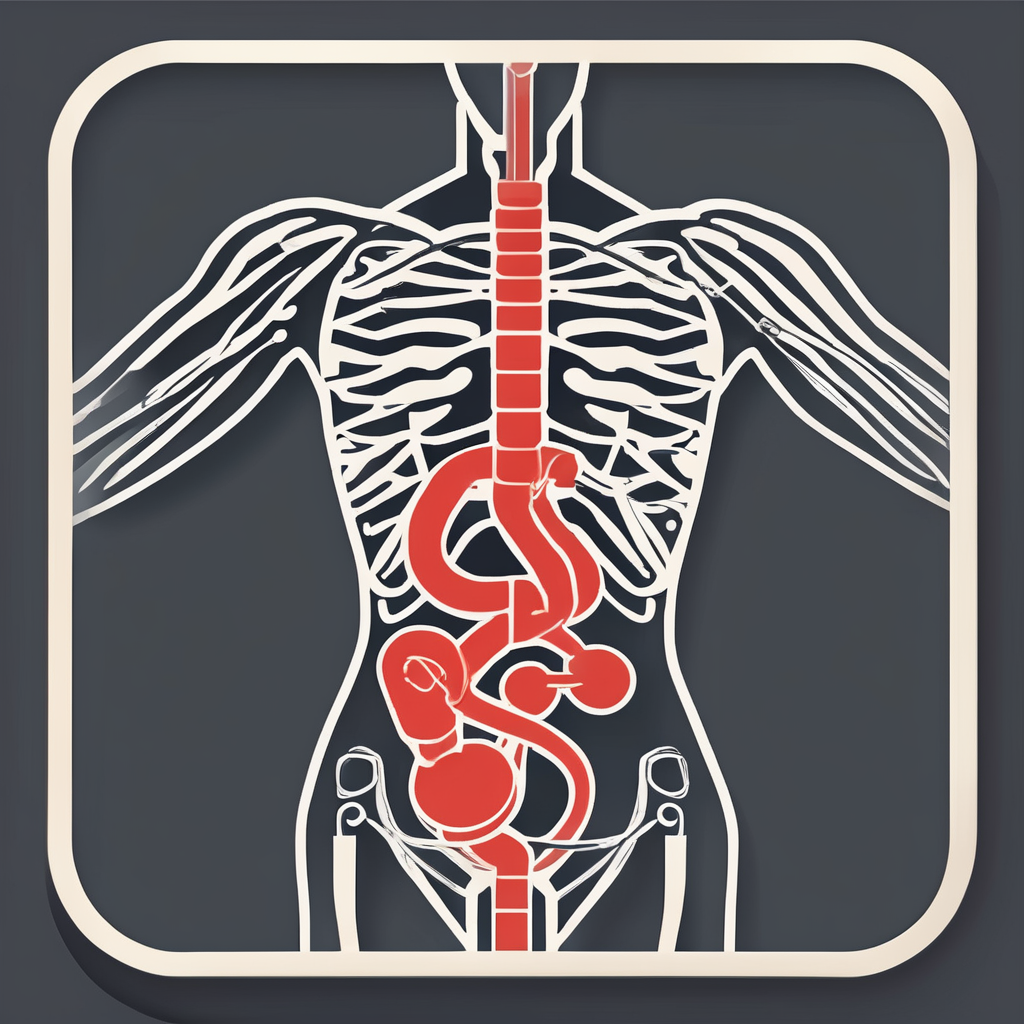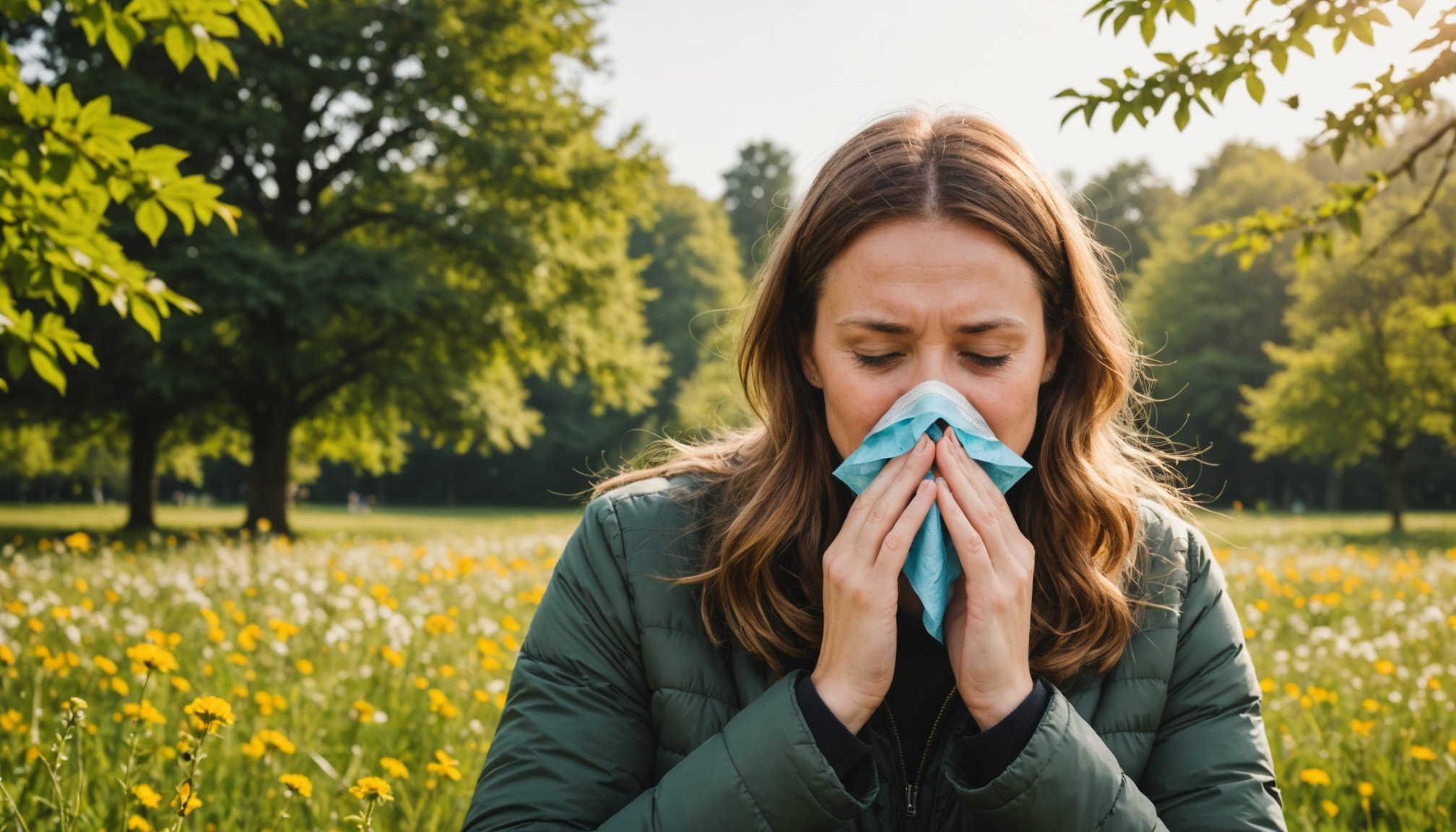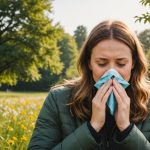Top Strategies for Effectively Managing Seasonal Allergies in the UK
Managing seasonal allergies, particularly hay fever, can be a daunting task for many in the UK. However, with the right strategies and a bit of planning, you can significantly reduce the misery associated with these health conditions. Here’s a comprehensive guide to help you navigate through the allergy season with ease.
Understanding Seasonal Allergies
Before we dive into the strategies, it’s crucial to understand what seasonal allergies are and when they peak.
Seasonal allergies, often referred to as hay fever or allergic rhinitis, are triggered by pollen from trees, grass, and weeds. According to ENT UK, the pollen seasons in the UK are as follows:
- Tree pollen: March to May
- Grass pollen: May to July
- Weed pollen: June to September
- Mould spores: September to October[1].
Medications and Treatments
Nasal Sprays for Hay Fever
Nasal sprays are a cornerstone in managing hay fever symptoms. Here are some types you might find useful:
- Steroid Nasal Sprays: These include fluticasone (e.g., Pirinase or Flixonase) and beclometasone/beclomethasone (e.g., Beconase). They help reduce inflammation inside the nose[1].
- Combination Sprays: Some sprays contain both a corticosteroid and an antihistamine, offering dual action against allergy symptoms.
- Saline and Barrier Sprays: These are non-medicated and help either wash away trapped allergens or act as a barrier to prevent them from entering the nasal passages[1].
Antihistamines and Decongestants
Antihistamines block the action of histamine, a substance released during an allergic reaction, thereby reducing symptoms like sneezing, runny nose, and itchy eyes. Modern antihistamines are less likely to cause drowsiness compared to their older counterparts[2].
Decongestants are used to relieve nasal congestion, which is a common symptom of hay fever. However, they should be used cautiously and for short periods to avoid rebound congestion[4].
Immunotherapy
For those with severe pollen or dust mite allergies, immunotherapy can be a long-term solution. This involves gradual exposure to small doses of the allergen to reduce the body’s sensitivity over time[4].
Best Practices for Using Medications
To get the most out of your medications, here are some best practices:
- Start Early: Begin using your medications before your symptoms start. For example, if you’re allergic to tree pollen, start your treatment as early as February[1].
- Use Regularly: Use your medications regularly during high pollen seasons to keep symptoms at bay. This preventive approach is more effective than treating symptoms reactively[1].
- Switch Up Your Meds: If your regular medication isn’t working well, consider switching to a different formulation. Consult your doctor if you’re running out of treatment options[1].
Natural and Drug-Free Treatments
For those who prefer or need alternatives to conventional medications, there are several natural and drug-free options available:
- Saline Nasal Rinses: Using a saline solution to rinse your nasal passages can help wash away allergens and reduce symptoms[2].
- Nasal Barrier Balms: Applying a barrier balm around your nostrils can help prevent pollen from entering your nose. Simple petroleum jelly like Vaseline can be effective[1][2].
- Local Honey: Although some people swear by eating local honey to alleviate hay fever symptoms, there is no scientific evidence to support its effectiveness[1].
Lifestyle and Environmental Changes
Making a few lifestyle and environmental adjustments can significantly help in managing hay fever symptoms.
Keeping Your Home Allergen-Free
- Keep Windows Closed: Especially during peak pollen times in the morning and evening, keeping windows closed can prevent pollen from entering your home. Using an air purifier can also help[1][2].
- Avoid Drying Washing Outside: Pollen can settle on your washing, bringing it into your home when you take it off the line. Instead, dry your clothes indoors or use a dryer[1][2].
- Shower and Change Clothes: After being outdoors, shower and change your clothes to remove any pollen that might have settled on you[1][2].
Managing House Dust Mites
House dust mites are a common allergen that can exacerbate hay fever symptoms.
- Wash Bedding Regularly: Wash your bedding at 60°C or above at least every two weeks to kill dust mites[2].
- Use Micro-Porous Membrane Covers: Cover your mattresses, duvets, and pillows with micro-porous membrane covers and wipe them clean regularly[2].
- Reduce Dust Accumulation: Keep your home clean by regularly vacuuming carpets and reducing the number of items that can accumulate dust[2].
Monitoring Pollen Counts
Staying informed about pollen counts can help you plan your day and take necessary precautions.
- Check Pollen Forecasts: Use apps or websites to check the pollen forecast in your area. This can help you prepare for high pollen days[2].
- Adjust Your Activities: On high pollen days, avoid outdoor activities, especially during peak pollen times. Wear wrap-around sunglasses to protect your eyes and consider staying indoors when pollen counts are high[2].
Table: Comparing Common Hay Fever Treatments
| Treatment | Description | Pros | Cons |
|---|---|---|---|
| Steroid Nasal Sprays | Reduce inflammation inside the nose | Effective in reducing symptoms, can be used preventatively | May take a few days to start working |
| Antihistamines | Block the action of histamine | Quick relief from symptoms, available in various forms (tablets, liquids) | Can cause drowsiness (though less common with modern versions) |
| Decongestants | Relieve nasal congestion | Quick relief from nasal congestion | Should be used cautiously to avoid rebound congestion |
| Saline Nasal Rinses | Wash away allergens and mucous | Natural, non-medicated, and safe for long-term use | May not provide immediate relief |
| Immunotherapy | Gradual exposure to small doses of the allergen | Long-term solution, reduces body’s sensitivity | Requires commitment and can be costly |
Practical Advice and Quotes
From the Experts
“Start using your medications before your symptoms begin. This might be as early as February, when it could still be wintry and cold outside, but it won’t be long before the start of the tree pollen season in March,” advises Thorrun Govind, chair of the Royal Pharmaceutical Society’s English Pharmacy Board[1].
Real-Life Tips
- Keep Pets Out of the Bedroom: Pets can carry pollen and dust mites, so keeping them out of your bedroom can help reduce exposure to these allergens[1][2].
- Use Air Purifiers: Air purifiers can help remove airborne particles like pollen and mould, improving air quality in your home[4].
Managing seasonal allergies requires a multi-faceted approach that includes the right medications, lifestyle changes, and environmental adjustments. By understanding the pollen seasons, using medications effectively, and making simple changes at home, you can significantly reduce the symptoms of hay fever and other seasonal allergies.
Remember, it’s always best to consult with a healthcare professional for personalized advice and treatment plans. With the right strategies and a bit of planning, you can enjoy the outdoors without the misery of allergy symptoms.
Detailed Bullet Point List: Tips for Minimising Hay Fever Misery
- Monitor Pollen Forecasts: Check pollen forecasts regularly to plan your day and take necessary precautions.
- Keep Windows Closed: Especially during peak pollen times, keep your windows closed to prevent pollen from entering your home.
- Avoid Drying Washing Outside: Dry your clothes indoors or use a dryer to avoid bringing pollen into your home.
- Shower and Change Clothes: After being outdoors, shower and change your clothes to remove any pollen that might have settled on you.
- Use Nasal Barrier Balms: Apply a barrier balm around your nostrils to prevent pollen from entering your nose.
- Keep Pets Out of the Bedroom: Pets can carry pollen and dust mites, so keeping them out of your bedroom can help reduce exposure to these allergens.
- Use Air Purifiers: Air purifiers can help remove airborne particles like pollen and mould, improving air quality in your home.
- Wash Bedding Regularly: Wash your bedding at 60°C or above at least every two weeks to kill dust mites.
- Reduce Dust Accumulation: Keep your home clean by regularly vacuuming carpets and reducing the number of items that can accumulate dust.
- Use Saline Nasal Rinses: Use a saline solution to rinse your nasal passages and help wash away allergens and mucous.
By following these tips and using the right treatments, you can effectively manage your seasonal allergies and enjoy a healthier, more comfortable life.











